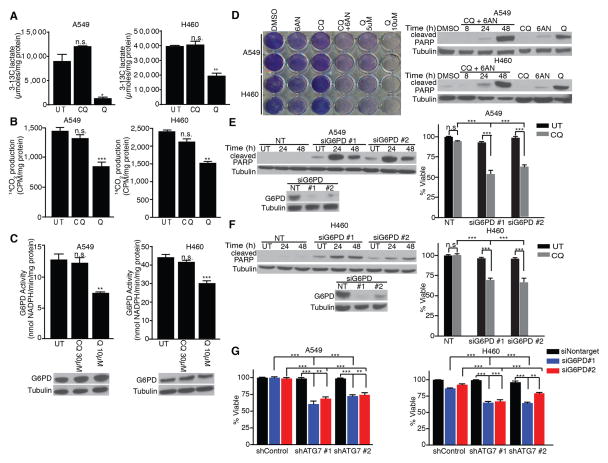Figure 3. Oxidative Pentose Phosphate Pathway (oxPPP) inhibition is required for antimalarials to induce apoptosis in NSCLC cells.
(A–C) Glycolytic activity (A, extracellular 3-13C-lactate production from 1-13C-glucose), oxidative PPP activity (B, 14CO2 production from 1-14C-glucose) and glucose 6-phosphate dehydrogenase (G6PD) activity (C) following treatment with 30μM CQ or 10μM Q. (D) Co-treatment of CQ with the pharmacological G6PD inhibitor 6AN (175μM) reduces viability and promotes apoptosis (cleaved PARP) in NSCLC cells. (E, F) G6PD knockdown combined with 30μM CQ reduces survival and promotes apoptosis (cleaved PARP immunoblot) in NSCLC cells. (G) Combined RNAi-mediated knockdown of ATG7 and G6PD is sufficient to induce cell death in A549 and H460 cells. All data represent the mean ± SEM from 3 independent experiments. Statistical significance was calculated using ANOVA followed by Tukey’s HSD. *P≤0.05, **P≤0.01, ***P≤0.001.

